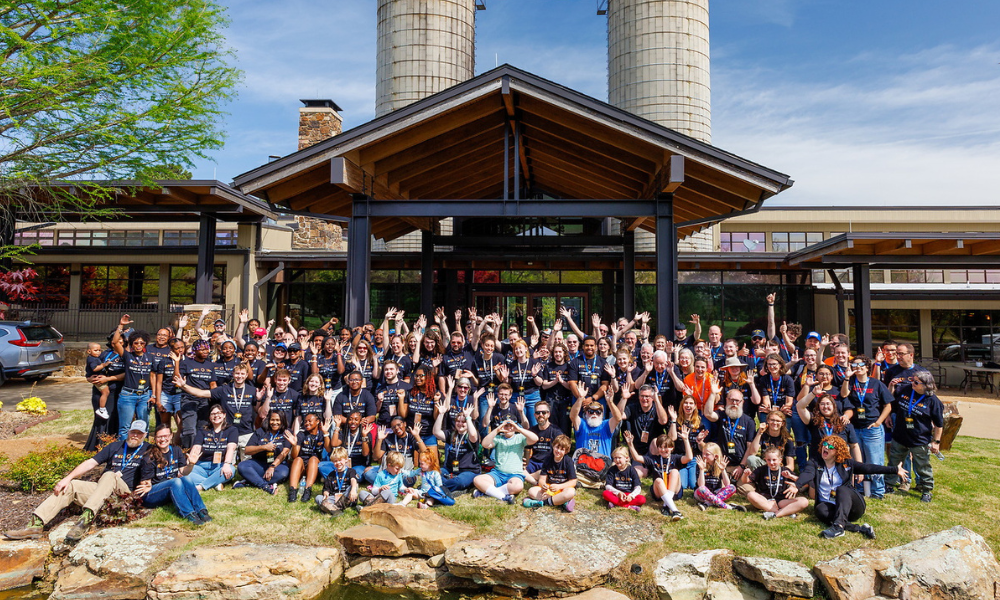More than 100 faculty and student researchers from Arkansas, South Carolina, North Carolina, Louisiana, Mississippi, Alabama, and Tennessee gathered at the Institute earlier this month to experience the state’s first total solar eclipse since 1918.
Our scenic location atop Petit Jean Mountain experienced over four minutes of totality — the maximum phase of a solar eclipse, during which Earth’s moon completely covers the sun. Arkansas digital creative Mason Gardner captured this drone footage showing the entire span of the eclipse from above our campus.
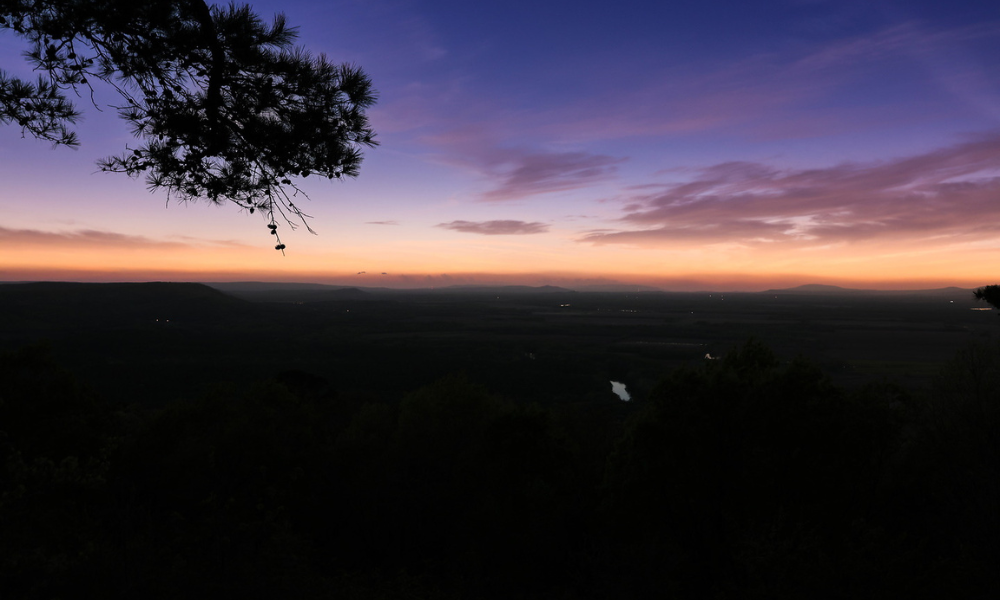
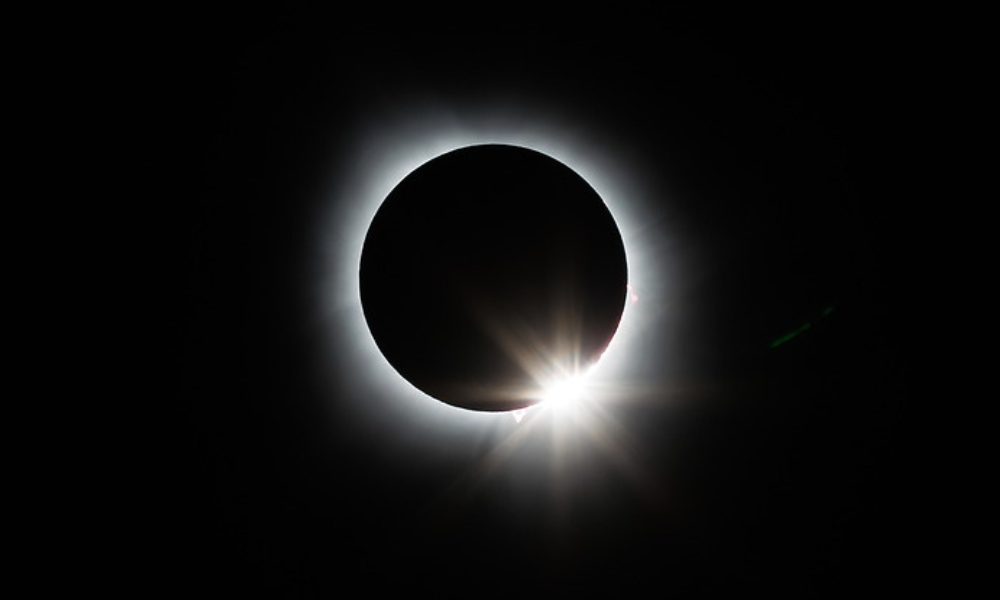
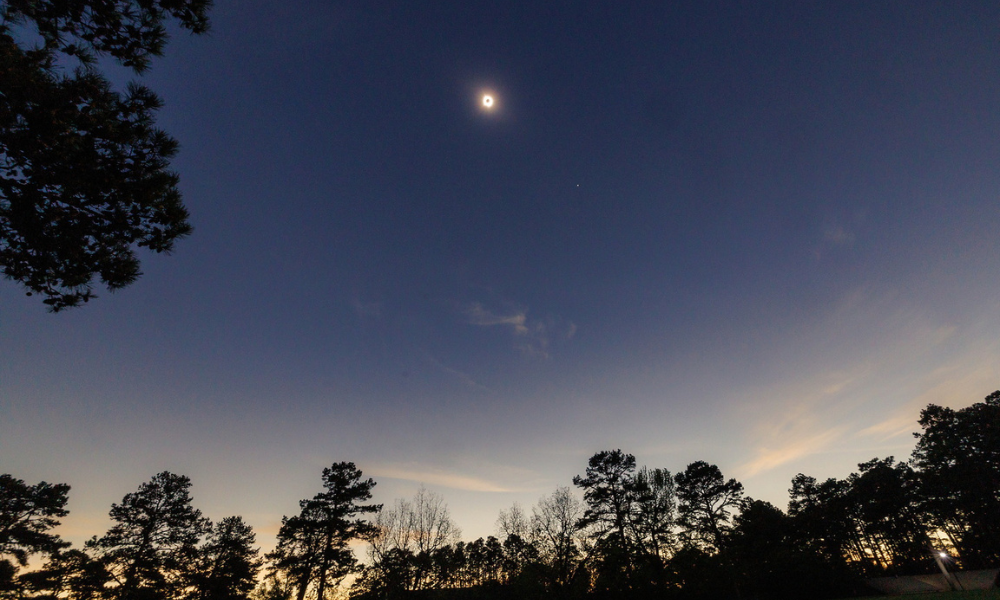
The convening was organized by the Arkansas Space Grant Consortium (ASGC), a “pivotal part of a nationwide network funded by NASA to enhance America’s aerospace science and technology capabilities,” according to their website. ASGC is a long-time annual conference client of the Institute, and we were honored to host and help plan this historic event.

Arkansas Space Grant Constortium
“ASGC partners with 17 four-year universities and colleges across Arkansas, dedicated to advancing space science education, research, and public outreach. Through scholarships, research grants, and educational programs, ASGC supports students and faculty in STEM fields, aligning with NASA’s mission to inspire the next generation of scientists, engineers, and explorers. This commitment underscores ASGC’s role in fostering a culture of innovation and discovery within Arkansas and beyond.”
In the days and hours leading up to the big show, the ASGC facilitated several hands-on and informational workshops for attendees. These focused on various tools students could use to capture data from the eclipse, such as BalloonSat and CubeSat launches.
The students launched multiple BalloonSats (balloon satellites) from our campus before and during the eclipse. These high-altitude balloons can rise anywhere from 80,000 to 100,000 feet into the atmosphere — the literal edge of space! The kits attached to these BalloonSats gather multiple data points that are then shared with NASA researchers.
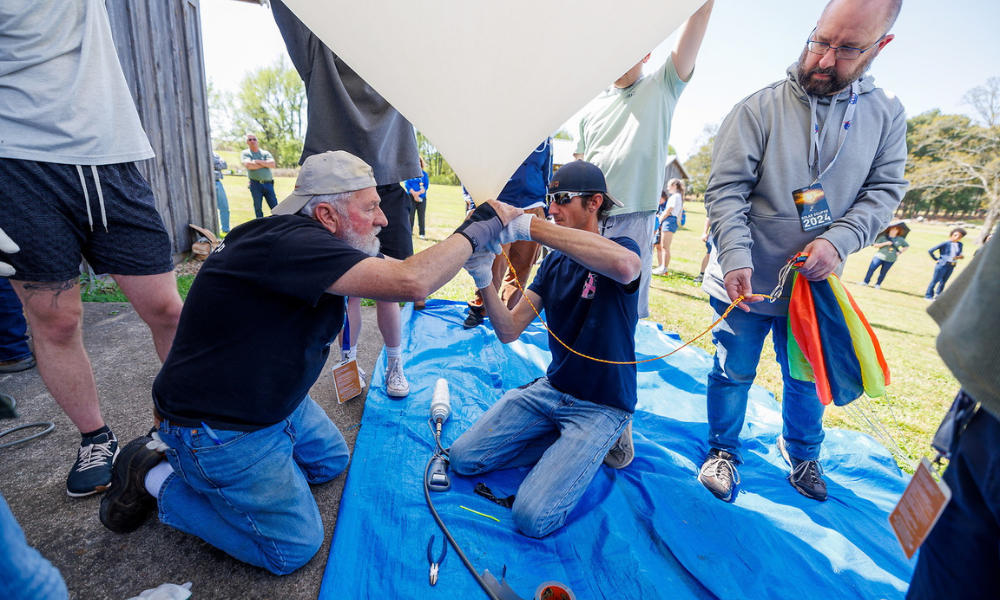
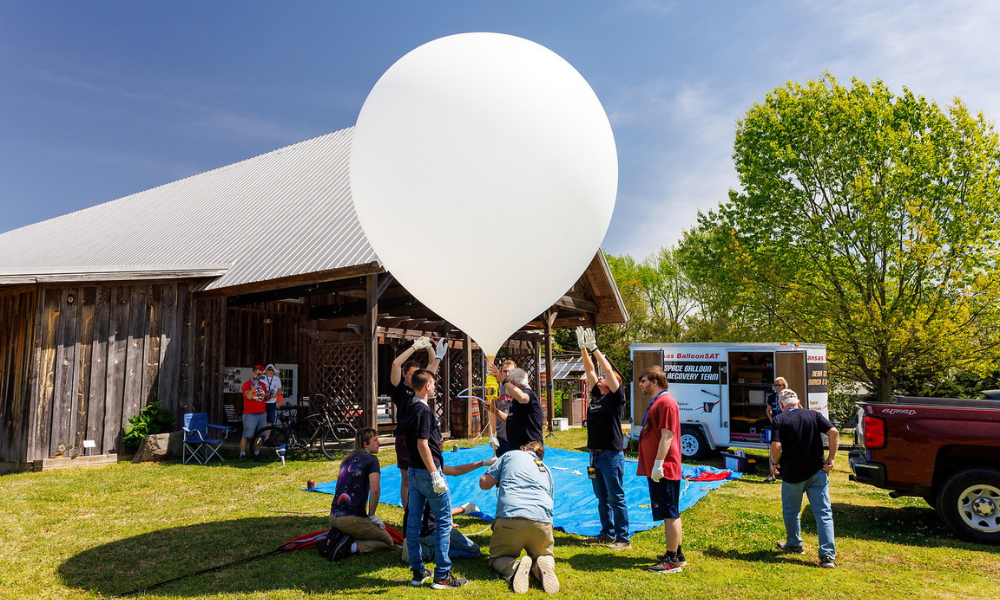
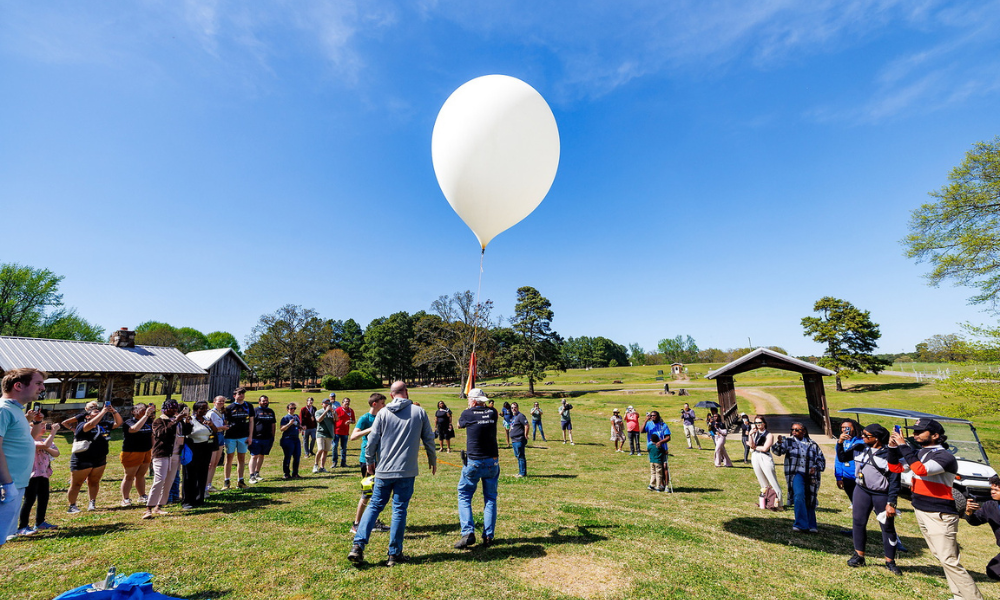
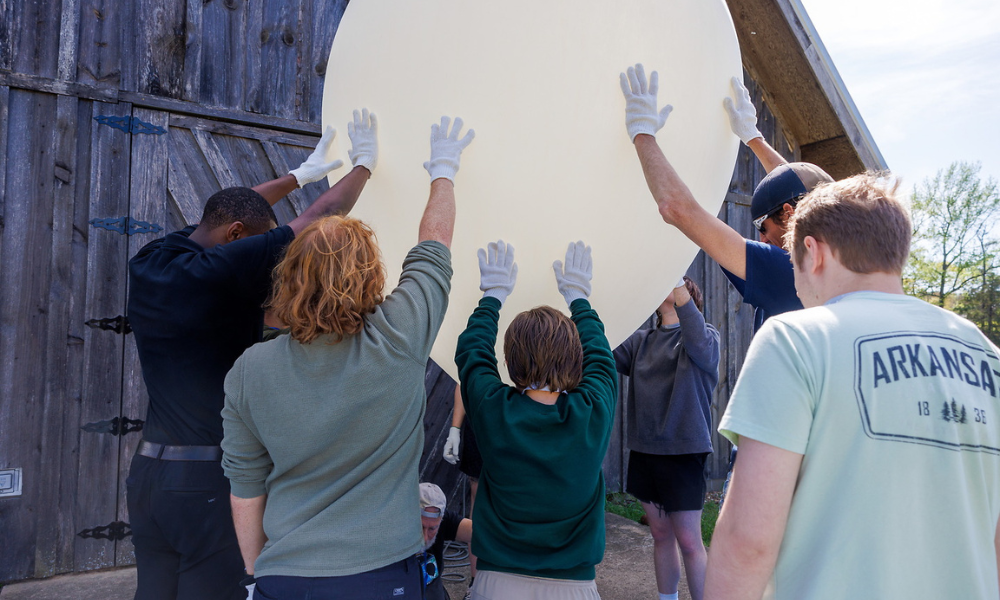
“We only get this chance very rarely,” Dr. Contance Meadors, ASGC director, said. “To see a total solar eclipse is one thing, but to study it is something else entirely. You only have so much time — in this case, we have four minutes — to get as much data as you possibly can before it’s over.”
Joining the ASGC was Denna Lambert, Inclusive Innovation Lead at NASA’s Early Stage Innovations & Partnerships. Lambert, a native of Little Rock, spoke to attendees about how they could become more engaged with NASA’s overall mission and encouraged the creation of more research teams, ideas, and proposals from Arkansas and the southeast region. KATV also interviewed her about experiencing the total solar eclipse as someone who is visually impaired.
KATV and Arkansas PBS both livestreamed the total solar eclipse from the Institute, providing Arkansans everywhere a front-row seat to the complete arc. For Arkansas PBS, we were one of four strategic streaming locations: Petit Jean Mountain, De Queen, Russellville, and Jonesboro.

